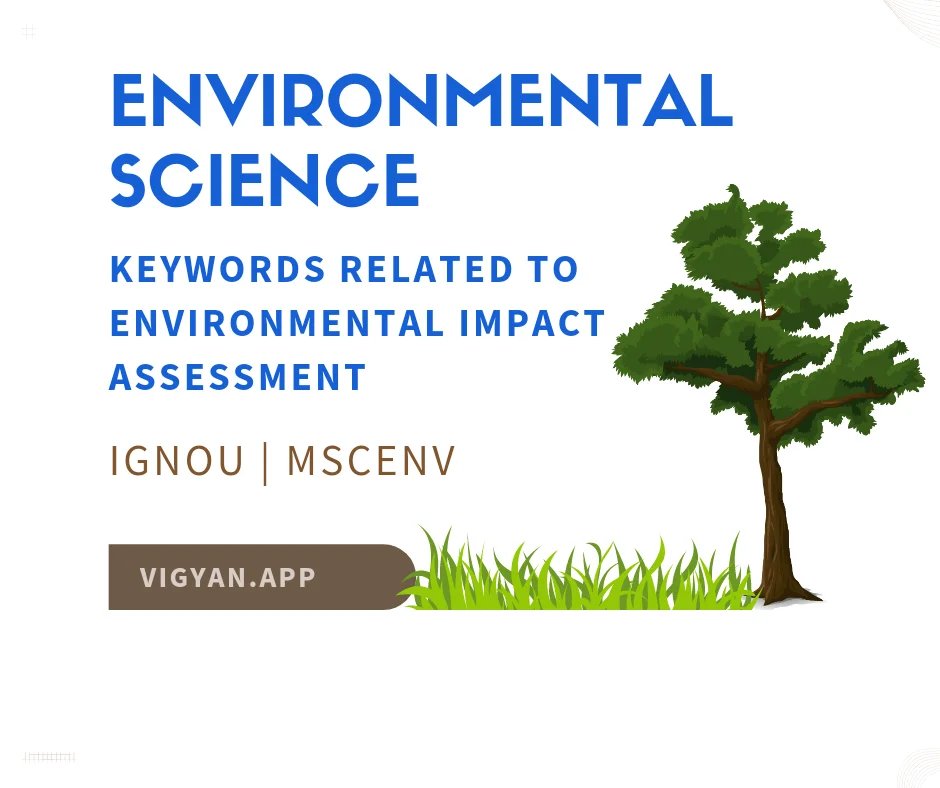Environmental Pollution, Control and Management (MEV-015)
Q. Explain the Biological treatment of hazardous waste.
Ans.: Following are the process of the biological treatment of hazardous waste:

- Bioremediation: This involves the use of micro-organisms to decompose the hazardous waste to a less harmful state. It is considered to be an eco-friendly approach towards waste management as it does involve the use of extra chemicals. This way, the cost of treatment is significantly reduced, although the time taken is more than usual. As it involves living organisms, it becomes sensitive as the survival temperature, pH and nutrient supply have to be continuously maintained. Moreover, biological treat- ment of hazardous waste is one the intermediary stages of treatment. There have been many successful pilot projects but the field application at large scale is yet to succeed completely. A significant development has been made in the field of biological treat- ment especially those for the treatment of VOCs.
- Phytoremediation: It is the use of plants for the removal of pollutants from soil and water. Some plants have affinity for metals and some of them can form complexes in soils hence blocking their availability. This is also a cost-effective method for removal of pollution.
Q. What is incineration?
Ans.: Heating of hazardous waste at high temperatures of the order of 2000deg C can break them down and convert them to less harmful substances. The process has its own merits and demerits. This is particularly effective with organic wastes, and many mutagens, te- ratogens and pathological wastes. However, it is not very effective in destroying inorganic chemicals, but they can be concentrated in ashes. Incineration is a complex process, and a lot of care needs to be taken for proper combustion of wastes, like temperature, length and time of combustion and the amount of oxygen available for combustion.
All these parame- ters determine the emissions from an incinerator. It may emit noxious gases (carcinogens), unburnt particles of original waste, odours, carbon monoxide, hydrogen chloride, oxides of sulphur and nitrogen. The emissions are noxious even in case of municipal solid waste. As these emissions have effects on the surrounding communities, incinerator technology has question marks attached to its feasibility.
You may also Read : different types of Biomedical waste


Pingback: Techniques, Treatment and Disposal of Biomedical waste
Pingback: Land disposal of Hazardous Waste - VIGYAN